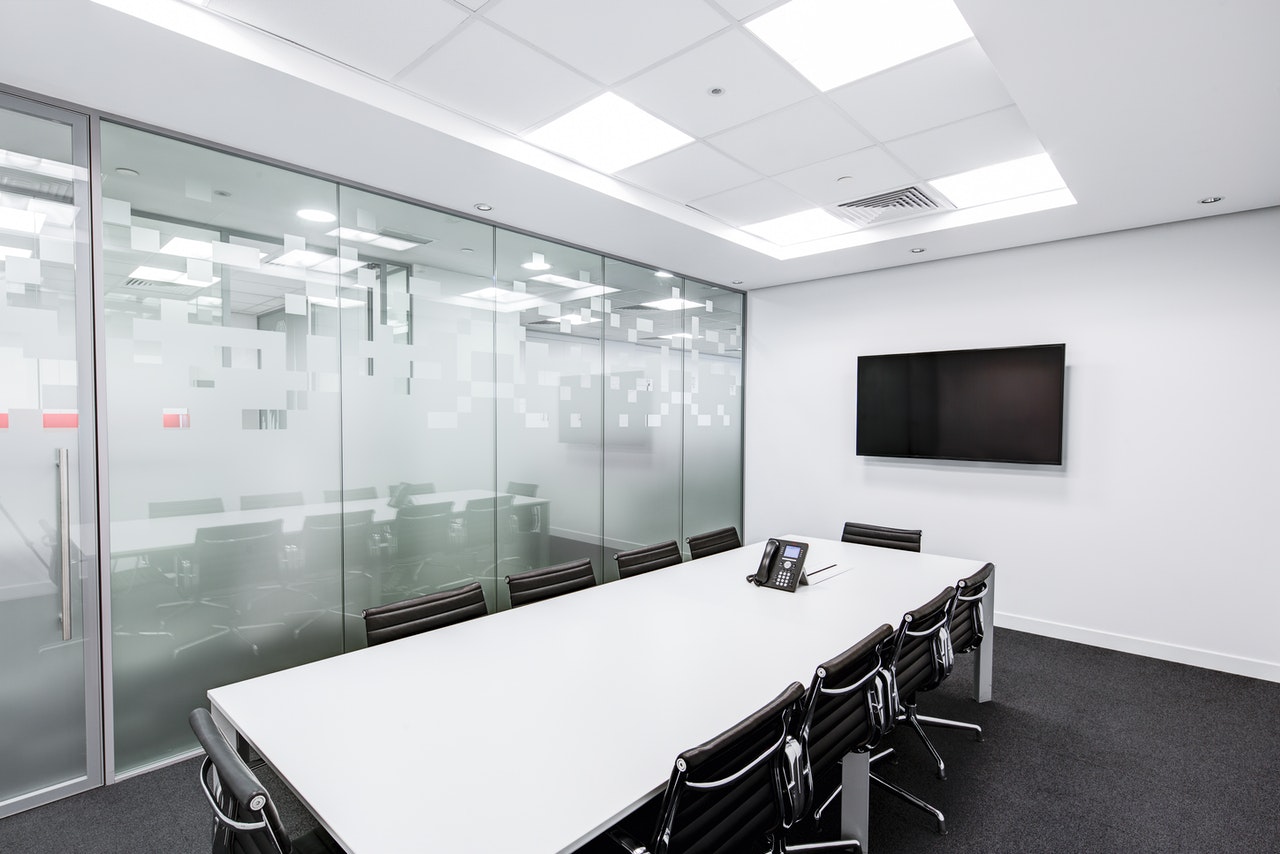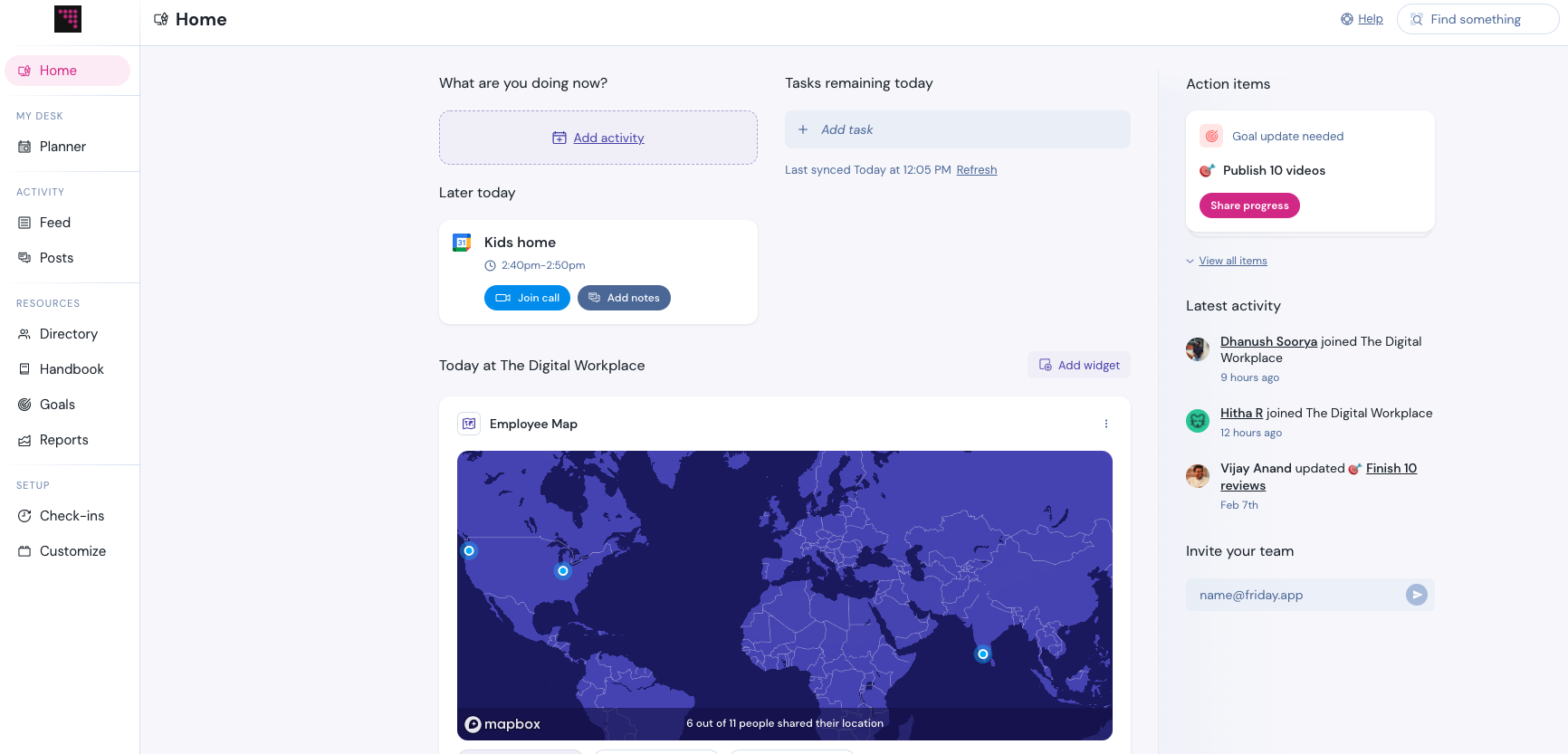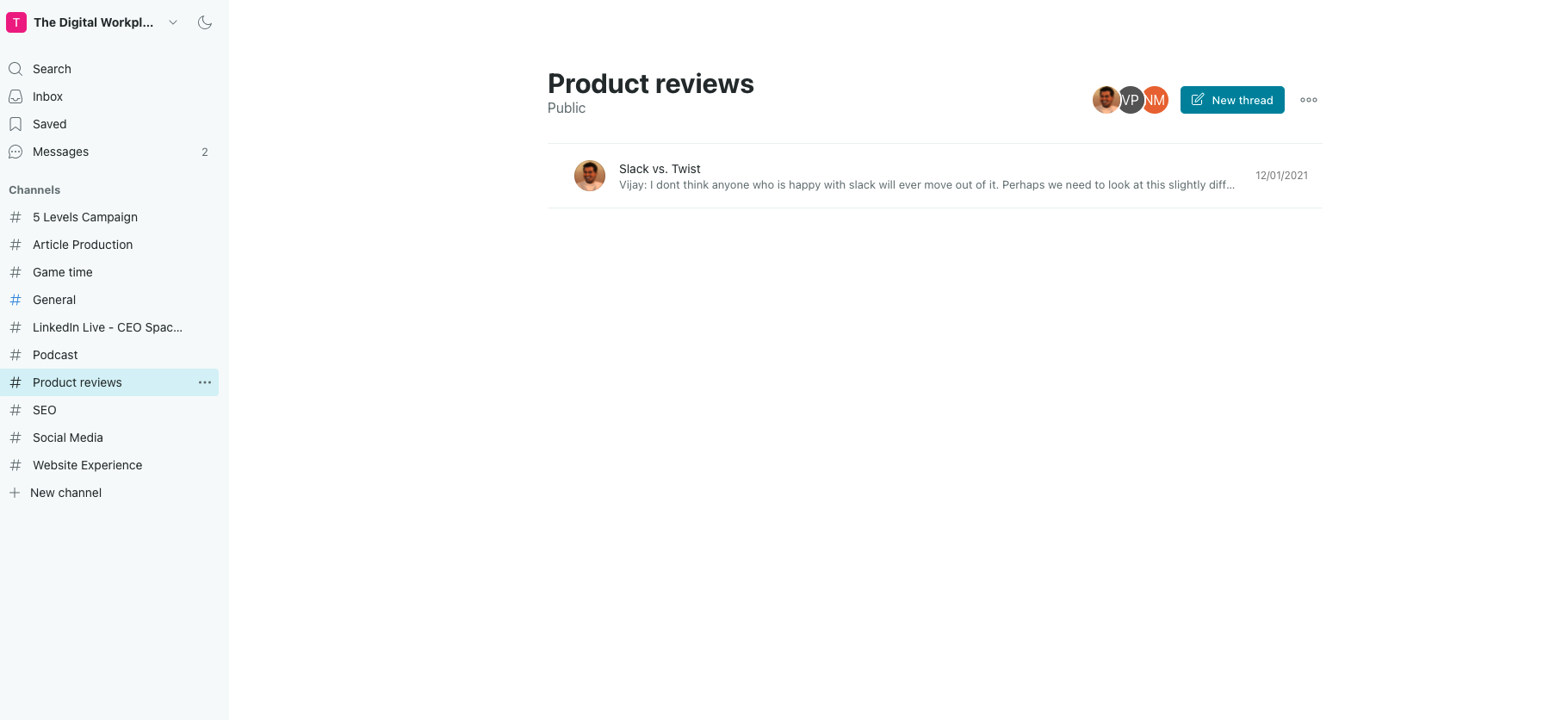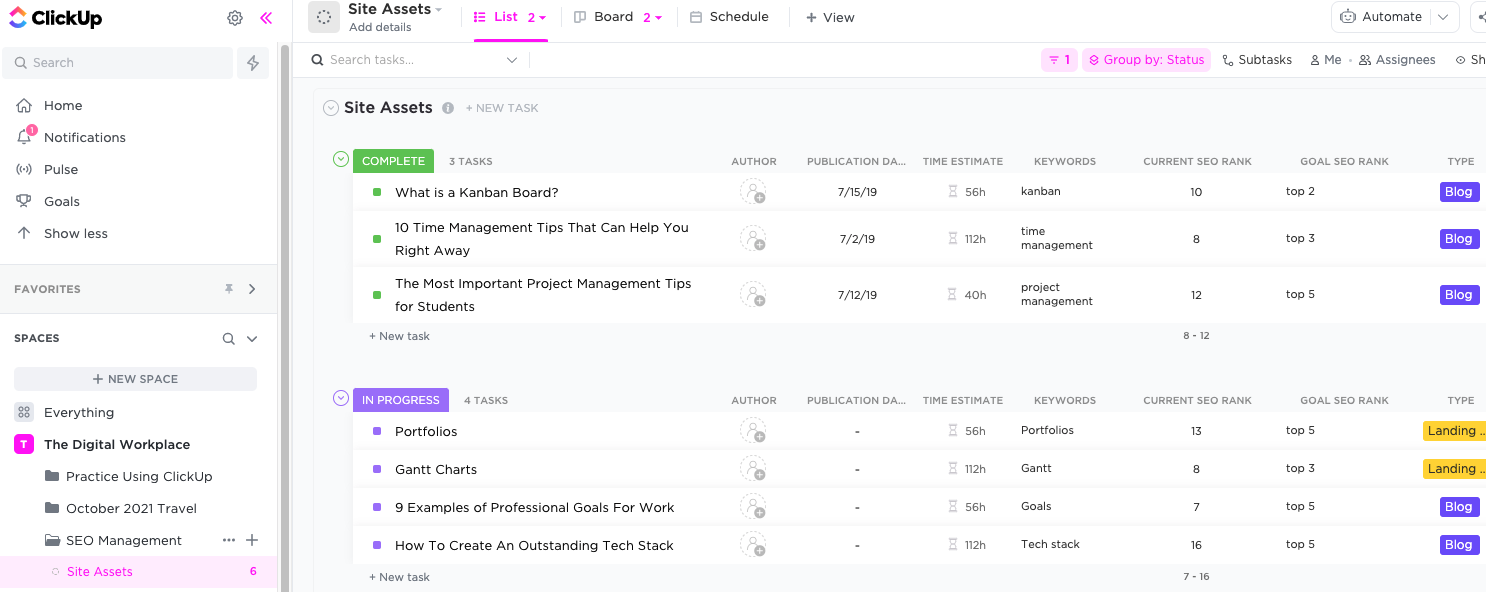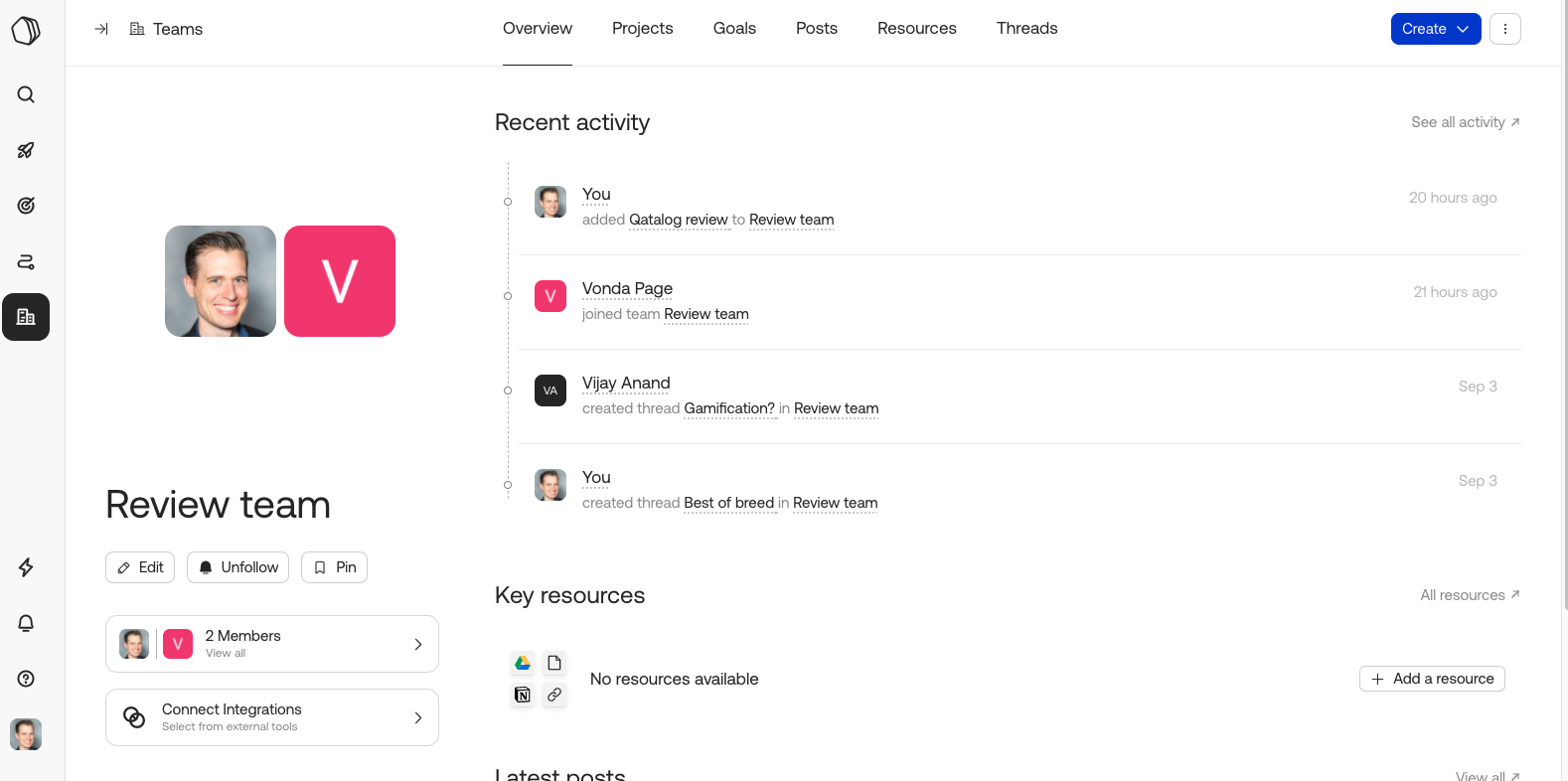What is a digital workplace, exactly?
We throw the term around a lot, but it can mean different things to different people.
Before we try to define what a digital workplace is, we need to talk about your problem.
It started with digital transformation
For many, digital transformation happened while we were entering the workforce. We’ve heard legends of what work was like in the 80s, but it’s a little hard to imagine.
To put it into perspective, let’s look at the after-effects of digital transformation.
- Everyone at work is issued a laptop when they join.
- If your wifi, battery, or (godforbid) Google goes down, you can’t work.
- Your office survived the entire year with less than 10 reams of paper.
All these things would have been unheard of back when people still regularly used a fax machine.
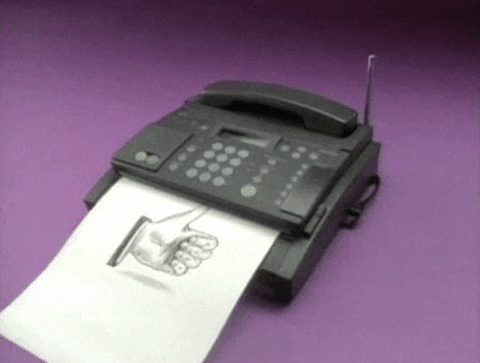
Digital transformation is the proliferation of digital tools across an entire process, department, or organization. It’s a replacement of everything with a digital solution.
Today, software covers every function, industry, and level in a company. It has been the biggest, fastest, and most widespread upgrade of the basic tools we use to get work done.
The organizational operating system
The Ready is an organizational design and transformation group (see interviews with Aaron Dignan and Rodney Evans). They, among others, use the term ‘organizational operating system’ to talk about how your company functions.
For a computer, everything runs on the operating system. It sets the basic rules and frameworks that all other applications must follow.
When you talk about an organizational operating system, these are all the rules and frameworks for issues like:
- How you orient and steer the company
- How you plan and prioritize things
- How you divide and do the work
- How you cultivate relationships
- How you make decisions
- How you convene and coordinate
(See the full OS canvas from The Ready.)
On this site, we talk about the core areas of collaboration, productivity, leadership, culture, and technology.
The OS is “the way we do things around here”.
Back to your problem
Digital transformation delivered many fantastic new tools, but we added them to the same old operating system. In order to work, the tools silently made little software patches, or ‘service updates’ to the OS.
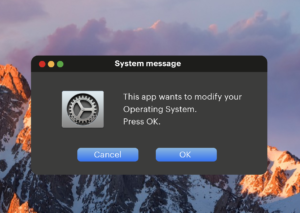
For example, let’s look at email. Email digitized conversations with people inside and outside your company. It was a brilliant addition to the workplace. But it also changed the way we work, i.e. the OS.
It changed how you start your day (check your inbox). It changed how you have discussions (chains and threads). It changed how you viewed a productive day (inbox zero). It changed how you stored information (When did you send that?).
These are all service patches to your work OS that you didn’t ask for.
This happened over and over again with every new tool. From CRMs, to automated processes, to cloud storage. Each tool made slight, unnoticed adjustments.
After a few decades of this kind of digital transformation, you have the equivalent of running Slack on Windows 95 (version 2951.124).
Upgrading your OS to match with new digital tools is the problem you must solve if you are going to get off the ground in the new digital world.
And just because your company is a new startup doesn’t mean you don’t have the same problem. You inherit your OS from education systems, the last company you worked for, and cultural norms. Unless you’ve intentionally upgraded your OS, you are working off a variant that first emerged with the Industrial Revolution.
Tech changes work
Let’s reflect on the tools we have now.
- You can instantly send a message to individuals or groups around the world
- You can store TERABYTES of information, access it from any device, and share it with anyone
- You can create tremendous amounts of data which generate new insights
- You can create an unlimited amount of projects and have complete visibility and control over every step
- You can add automation to manual processes, speeding up workflows from days to minutes
- You can use a semi-intelligent chatbot to help customers or employees find the right information using natural language processing
- You can change the background of your video calls!
- YOU HAVE EMOJI!!! ??
We’ve come a long way from word docs and slides. But now, instead of saying, “Wow, that’s amazing. Let’s try that,” we are at an inflection point where we need to ask, “Wow, that’s amazing. I wonder how that changes things.”
How do these new tools change the way we lead each other? How do they change the way we collaborate on work? Build culture? Measure productivity?
If we keep adding in flashy new tech, it will keep making modifications to our archaic OS and humans will suffer for it.
What is a digital workplace?
A digital workplace is an upgraded work OS that is ready to embrace a new generation of digital tools. Digital leaders create or adopt an OS that matches with their aspirations, and then add the tools that can get them there.
A digital workplace is the answer to your problem.
There’s no stepping back from digital tools. We need to keep investing in them, but we need to upgrade our other systems to use them wisely.
A digital workplace is a journey not outward, but upward–into places humans have never been. It’s a commitment to improving your organizational OS and using the digital tools that help you reach your goals. There are several levels of a digital workplace that help you understand how far up you’ve gone. Every company has to find their own way to move towards the future.
Fly with us
This website is where we share ideas and best practices on how you can build and advance your own digital workplace. Sign up for our newsletter, and join our weekly discussions to learn how you can take the next step toward the future of work.
What is a digital workplace, exactly?
We throw the term around a lot, but it can mean different things to different people.
Before we try to define what a digital workplace is, we need to talk about your problem.
It started with digital transformation
For many, digital transformation happened while we were entering the workforce. We’ve heard legends of what work was like in the 80s, but it’s a little hard to imagine.
To put it into perspective, let’s look at the after-effects of digital transformation.
- Everyone at work is issued a laptop when they join.
- If your wifi, battery, or (godforbid) Google goes down, you can’t work.
- Your office survived the entire year with less than 10 reams of paper.
All these things would have been unheard of back when people still regularly used a fax machine.

Digital transformation is the proliferation of digital tools across an entire process, department, or organization. It’s a replacement of everything with a digital solution.
Today, software covers every function, industry, and level in a company. It has been the biggest, fastest, and most widespread upgrade of the basic tools we use to get work done.
The organizational operating system
The Ready is an organizational design and transformation group (see interviews with Aaron Dignan and Rodney Evans). They, among others, use the term ‘organizational operating system’ to talk about how your company functions.
For a computer, everything runs on the operating system. It sets the basic rules and frameworks that all other applications must follow.
When you talk about an organizational operating system, these are all the rules and frameworks for issues like:
- How you orient and steer the company
- How you plan and prioritize things
- How you divide and do the work
- How you cultivate relationships
- How you make decisions
- How you convene and coordinate
(See the full OS canvas from The Ready.)
On this site, we talk about the core areas of collaboration, productivity, leadership, culture, and technology.
The OS is “the way we do things around here”.
Back to your problem
Digital transformation delivered many fantastic new tools, but we added them to the same old operating system. In order to work, the tools silently made little software patches, or ‘service updates’ to the OS.

For example, let’s look at email. Email digitized conversations with people inside and outside your company. It was a brilliant addition to the workplace. But it also changed the way we work, i.e. the OS.
It changed how you start your day (check your inbox). It changed how you have discussions (chains and threads). It changed how you viewed a productive day (inbox zero). It changed how you stored information (When did you send that?).
These are all service patches to your work OS that you didn’t ask for.
This happened over and over again with every new tool. From CRMs, to automated processes, to cloud storage. Each tool made slight, unnoticed adjustments.
After a few decades of this kind of digital transformation, you have the equivalent of running Slack on Windows 95 (version 2951.124).
Upgrading your OS to match with new digital tools is the problem you must solve if you are going to get off the ground in the new digital world.
And just because your company is a new startup doesn’t mean you don’t have the same problem. You inherit your OS from education systems, the last company you worked for, and cultural norms. Unless you’ve intentionally upgraded your OS, you are working off a variant that first emerged with the Industrial Revolution.
Tech changes work
Let’s reflect on the tools we have now.
- You can instantly send a message to individuals or groups around the world
- You can store TERABYTES of information, access it from any device, and share it with anyone
- You can create tremendous amounts of data which generate new insights
- You can create an unlimited amount of projects and have complete visibility and control over every step
- You can add automation to manual processes, speeding up workflows from days to minutes
- You can use a semi-intelligent chatbot to help customers or employees find the right information using natural language processing
- You can change the background of your video calls!
- YOU HAVE EMOJI!!! ??
We’ve come a long way from word docs and slides. But now, instead of saying, “Wow, that’s amazing. Let’s try that,” we are at an inflection point where we need to ask, “Wow, that’s amazing. I wonder how that changes things.”
How do these new tools change the way we lead each other? How do they change the way we collaborate on work? Build culture? Measure productivity?
If we keep adding in flashy new tech, it will keep making modifications to our archaic OS and humans will suffer for it.
What is a digital workplace?
A digital workplace is an upgraded work OS that is ready to embrace a new generation of digital tools. Digital leaders create or adopt an OS that matches with their aspirations, and then add the tools that can get them there.
A digital workplace is the answer to your problem.
There’s no stepping back from digital tools. We need to keep investing in them, but we need to upgrade our other systems to use them wisely.
A digital workplace is a journey not outward, but upward–into places humans have never been. It’s a commitment to improving your organizational OS and using the digital tools that help you reach your goals. There are several levels of a digital workplace that help you understand how far up you’ve gone. Every company has to find their own way to move towards the future.
Fly with us
This website is where we share ideas and best practices on how you can build and advance your own digital workplace. Sign up for our newsletter, and join our weekly discussions to learn how you can take the next step toward the future of work.
)
)
)

